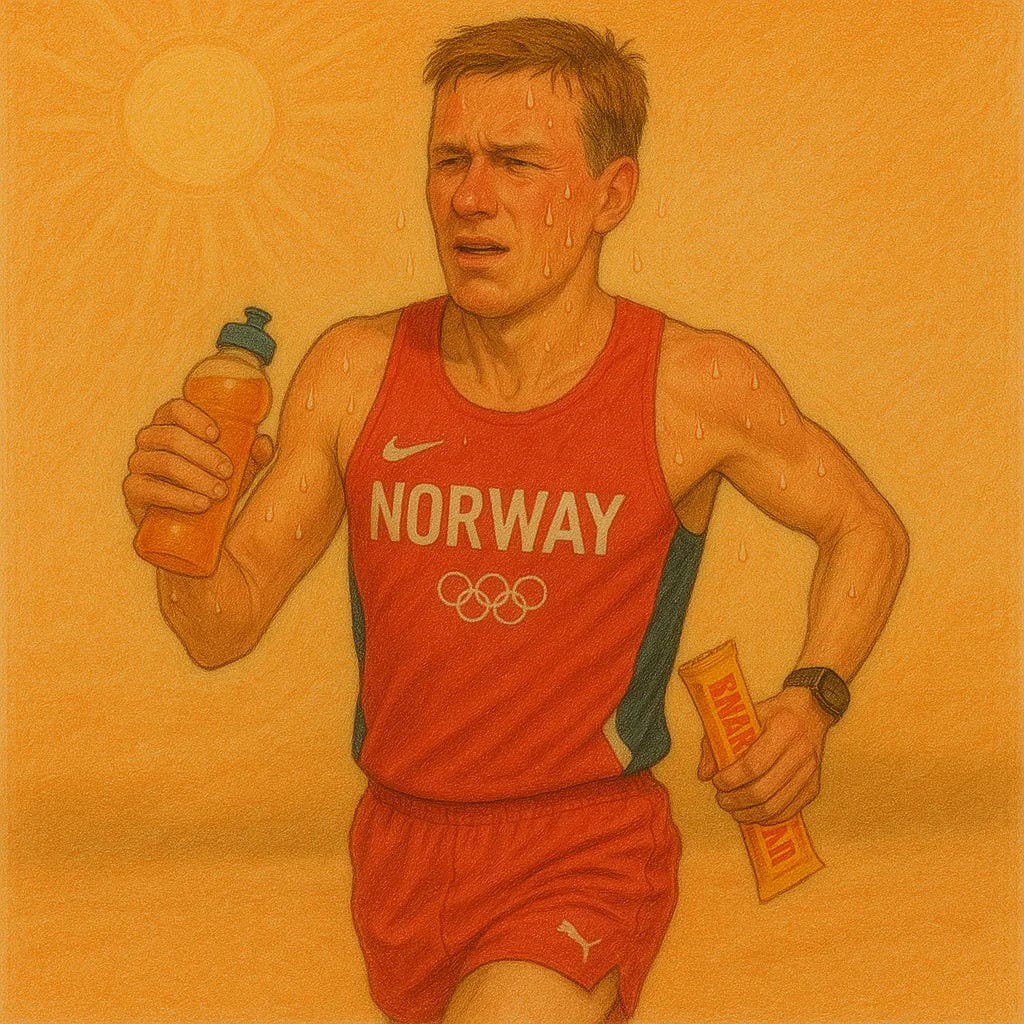Physiology Friday #269: Carbohydrates Help Fuel Heat Adaptation
Plus, nutrition for injury and immune health and what Norway gets right about endurance training.
Greetings!
For those who aren’t aware, I’ve been authoring another newsletter for the last several months. It’s called ‘Run Long, Run Healthy’, and I sort of “inherited” it from legendary runner and author Amby Burfoot.
It’s a weekly, short(ish) breakdown of the latest research mostly related to running (but applicable to all types of training and life). …
Keep reading with a 7-day free trial
Subscribe to Physiologically Speaking to keep reading this post and get 7 days of free access to the full post archives.


